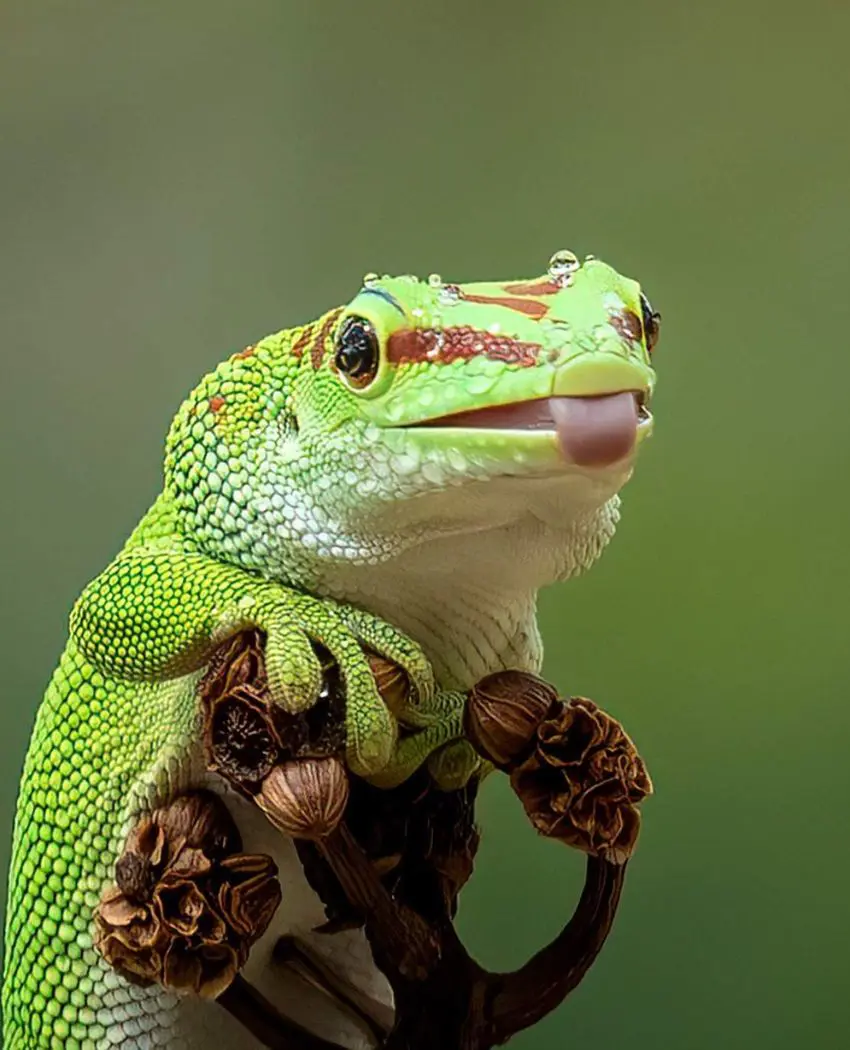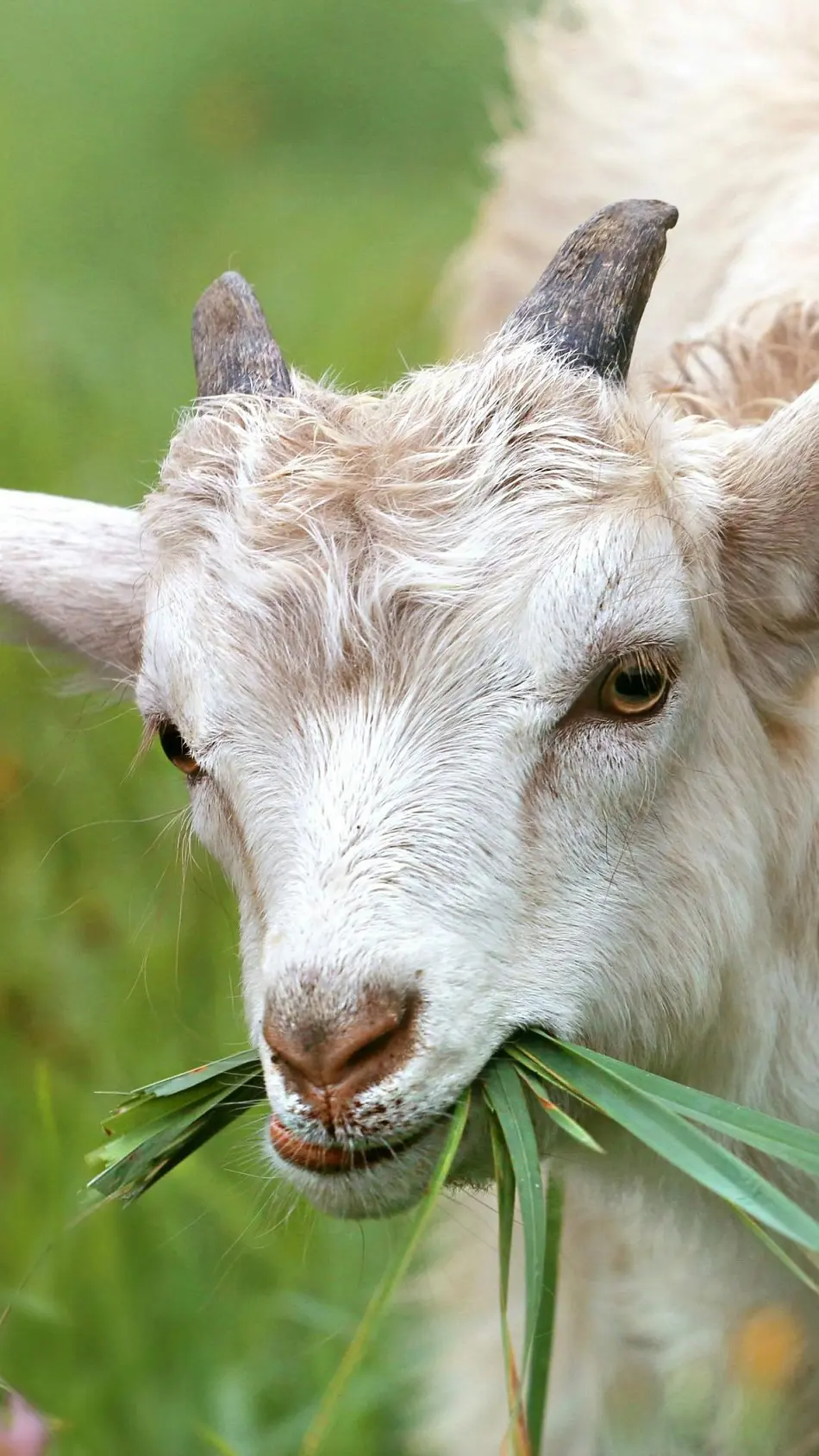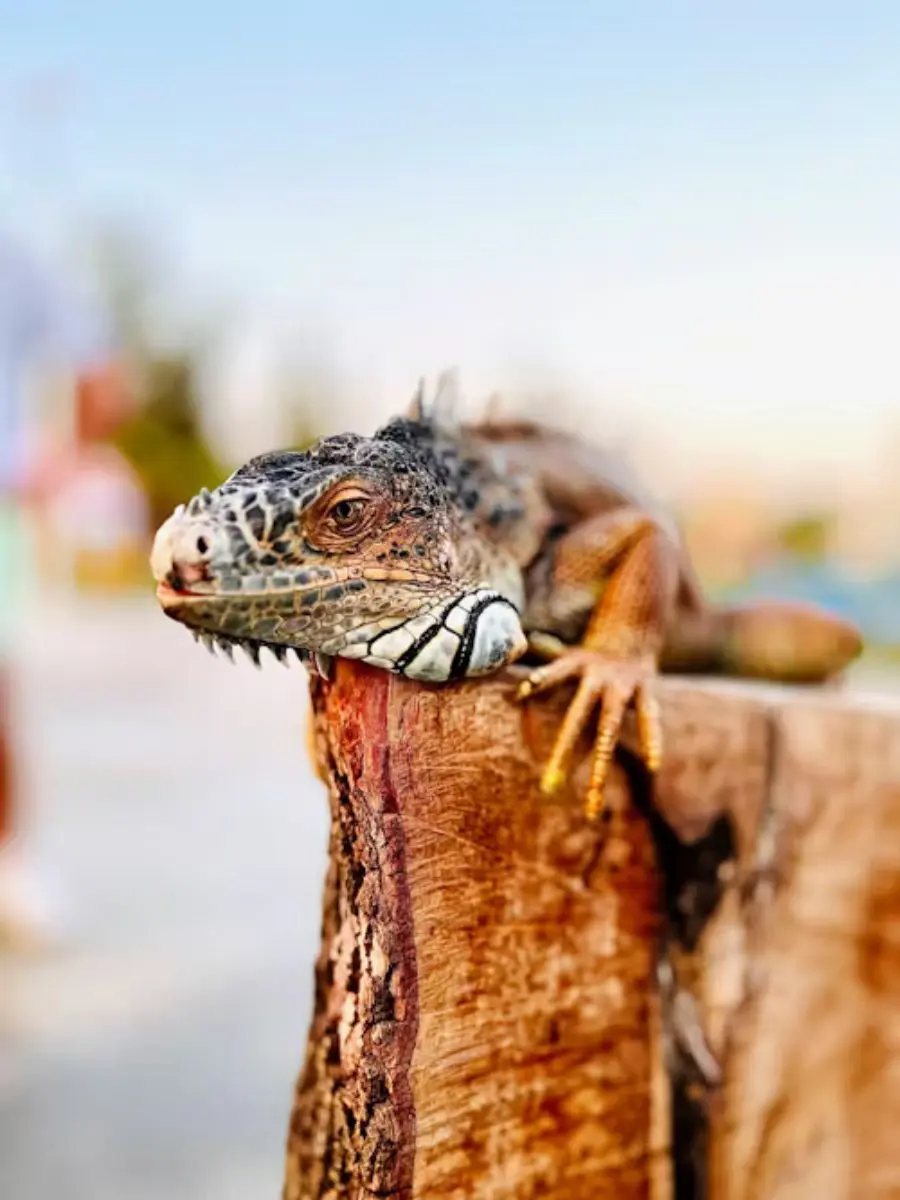20 Foods You Can Give To Your Pet Snake

With the increase in people's unique interest and taste for pets, snakes are becoming more popular. These reptiles are considered fascinating creatures and are preferred mainly by those who want a long-term commitment from their pets.
Unlike other usual pets, it is hard for you to care for and feed a snake which is a crucial aspect of its health and longevity. They primarily eat meat and their diet depends on the species, size, and age of the snake.
1. Mice
Mice are one of the most common food items for them as they provide a balanced diet full of proteins, fats, etc. This is also called a complete meal because it includes muscle, organs, bones, and fur which completes their nutritional needs.
You can either feed it frozen-thawed mice or give them the live mice, however, it may scratch or bite them. You can give them newborn mice, young or adult, fully grown mice according to the snake's age and preference.
These are readily available at most places and are convenient to store for a long time, whereas they are also their habitual diet. It is very important to match the size of the prey with that of the snake to ensure they are healthy.
2. Rats
Rats are often preferred for larger snakes boa constrictors, large pythons, etc who require more sustainable prey than mice. They contain high levels of protein and fat content and have a higher calcium level.
You can choose those who are newly born or according to their age, depending on the snake's need. It can be available as frozen food in different stores or can give them the live one to follow the natural habitat.
This is also a good choice because the larger the prey, the more balanced the diet they provide to the large snakes. It can also provide variety to their diet and are also easy to find.
3. Rabbits

Rabbits are larger and are more suitable for larger ones like Burmese pythons, who need a sufficient amount of protein and fat. They have high calorie content which helps them to maintain their energy and are rich in calcium.
It is preferred to give them the frozen one as they reduce the risk of being harmed by the rabbit. Still, you can feed them alive as well under close supervision but need to be prepared to intervene if necessary.
You can warm the frozen rabbit in warm water before giving it to them as it can make it more appealing. This is a substantial meal for large ones and helps to maintain their healthy weight, however it is important to choose the appropriate size.
4. Chicks
Chicks are the young birds or those that are recently hatched which is also a popular natural prey of them. They have nutrients that help in their muscle development, and give energy, which enhances their overall growth.
You can use day-old chicks that are small and soft or older ones that are manageable for many medium to large snakes. They are easily found in reptile supply stores or pet stores in the frozen form or alive as well.
Introducing it in their diet can help them create variety in diet and since they are soft and easy to digest, they are preferred for those who struggle with the harder prey. You also need to be considerate of their odor and need to handle it with hygiene.
5. Canned Snails
Canned snails are not much-preferred food, however, they can be suitable for certain species that naturally eat invertebrates in nature. It can be given as a treat or a change in their regular diet and if they are having difficulty in consuming, it can be easier to digest.
Snails are a good source of protein, low in fat which makes them a lighter option, and are rich in moisture content, which helps them to be hydrated. Since they are pre-cooked and preserved, you can rinse them a bit and give them directly.
Because it is not a casual food, you need to monitor their conditions and see if they have any reaction to them. They are convenient to buy and are also soft making them a change in their regular diet.
6. Hamsters
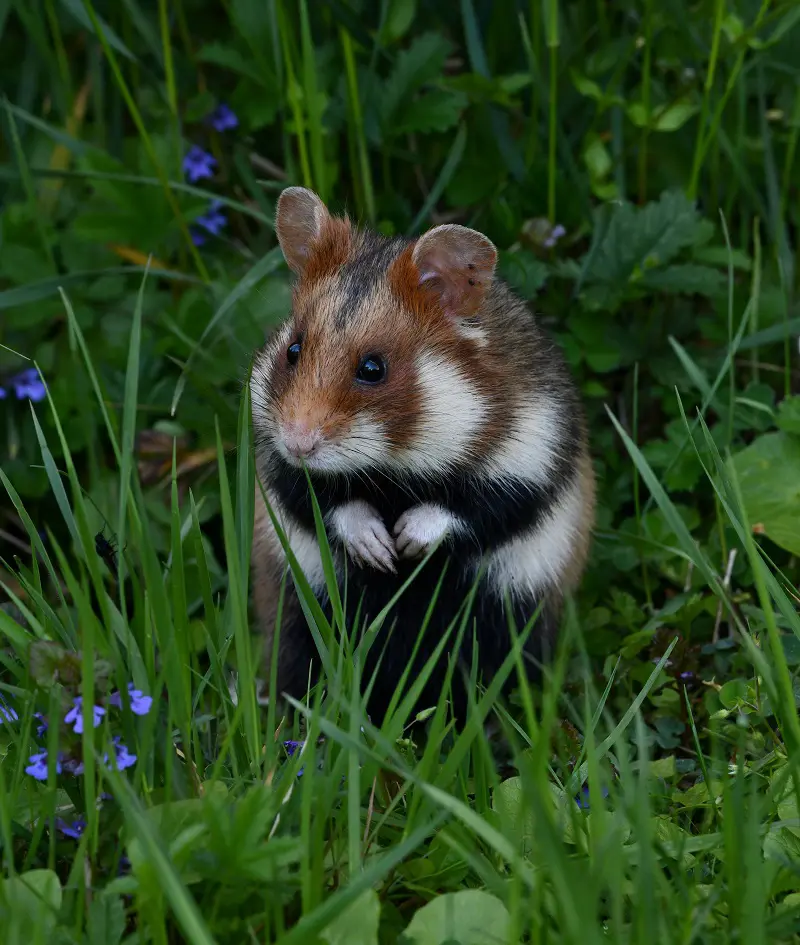
Hamsters are preys used particularly for the larger ones that need more sustaining meals compared to rats or mice. However, it is not commonly used because of its availability and also to see if it can fulfill all dietary needs.
You can feed the pups, juvenile hamsters, or adult ones for them, according to the age and size required. They have high protein content and can help in improving their skeletal health.
It is often preferred to give frozen hamsters and it can be preserved in the refrigerator or at room temperature. You can warm it slightly before giving it to the snake and you also need to monitor their reaction if you are introducing it to them for the first time.
7. Quail Eggs
Quail eggs can be a nutritious diet for especially those snakes that prefer and naturally consume eggs in the wild. It is an interesting food that can be served as a treat or supplement instead of the primary one.
They are a good source of energy and contain vitamins A, D, and E along with minerals like calcium that support overall health. You can give them raw eggs, slightly cracked ones, or cooked eggs.
It can be given as an occasional treat or can be given regularly for those who take it as their primary diet. They are also easy to digest but they should not be replaced for their main diet and also need to consider if they are allergic to them or intolerant.
8. Guinea Pigs
Although guinea pigs can be fed for large snakes, it is still less common because of their size, cost, and also because they are also kept as pets. Their bones are full of calcium which is essential for the snake's bone health.
The type of guinea pigs that you give to them depends on their size and need of them which is important for their overall growth. You need to use tools to give the prey to them to avoid being accidentally bitten by them.
It is important to match the size of the guinea pig with them to make sure the prey is not bigger than the widest part of their body. If not, it can lead to digestive issues for them.
9. Fish
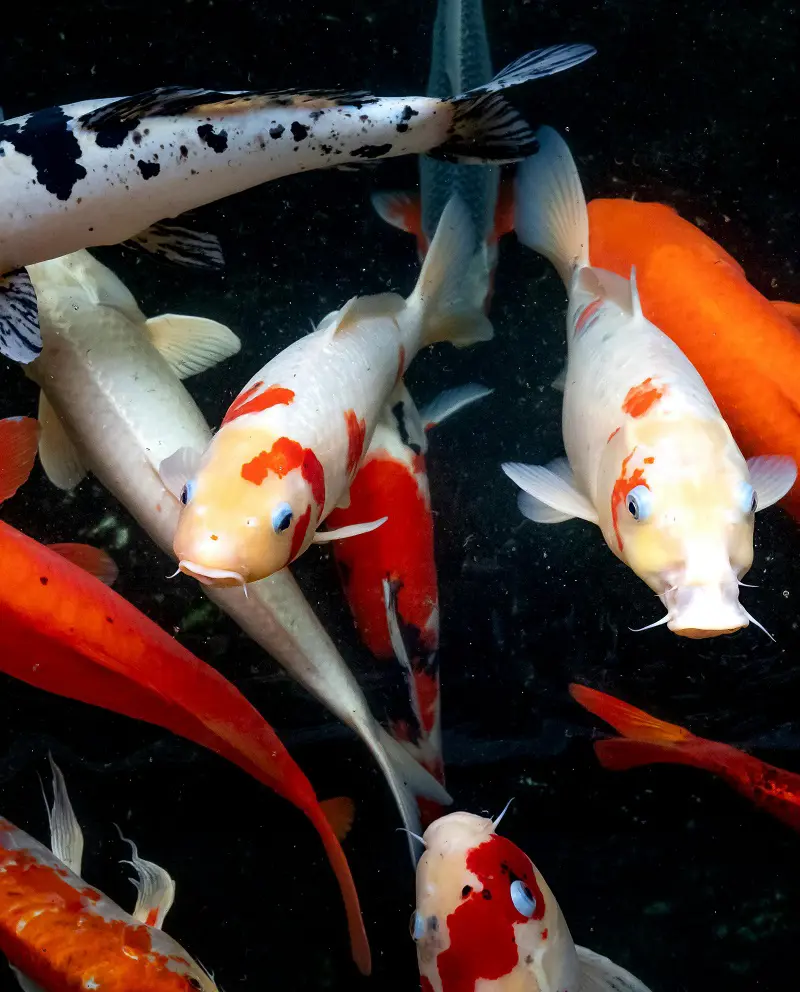
Fish is one of the suitable and common diets for those who consume aquatic prey in the wild, but not all of them eat it. This diet is common for water snakes, garter snakes, ribbon snakes, and some pythons.
Some of the suitable types of fish are feeder, tilapia, white fish, salmon, or freshwater fish. They provide them with high levels of protein, are low in fat, and most importantly contain Omega-3 fatty acids.
You can give them live fish which can stimulate their hunting instincts and sometimes even the frozen fish which are easy to consume. It is the natural prey, has nutritional variety and is a hydrated food.
10. Frogs
The frogs are the natural nutritious food source for a certain type of them who would encounter amphibians in the wildlife. However, it should be chosen wisely as not all of them are safe and suitable for them.
Garter, water, hognose, and kingsnakes are some of them which eat frogs. They normally eat feeder frogs, bull frogs, tree or small frogs, and tadpoles which contain low fat that is important for their growth and muscle tissue maintenance.
It is generally a natural prey for some of them which can help them to stay healthy and mentally stimulated. You still need to be concerned and make sure they are nontoxic and don't contain harmful poisons.
11. Bird Eggs
Bird eggs are one of the nutritious and enriching food sources, but they are mostly preferred by those who naturally consume eggs. It can be suitable for egg-eating snakes, opportunistic feeders like king snakes, rat snakes, etc, and for some large snakes.
There are different varieties of eggs like eggs of chicken, duck, pigeon, parrot, etc. They have a high level of energy providing substance along with different vitamins and minerals necessary for their growth.
They support their bone health, skin health, and overall well-being. You can give them in the form of a raw hole one, crack it, or even remove their shell and offer the content only.
12. Lizards
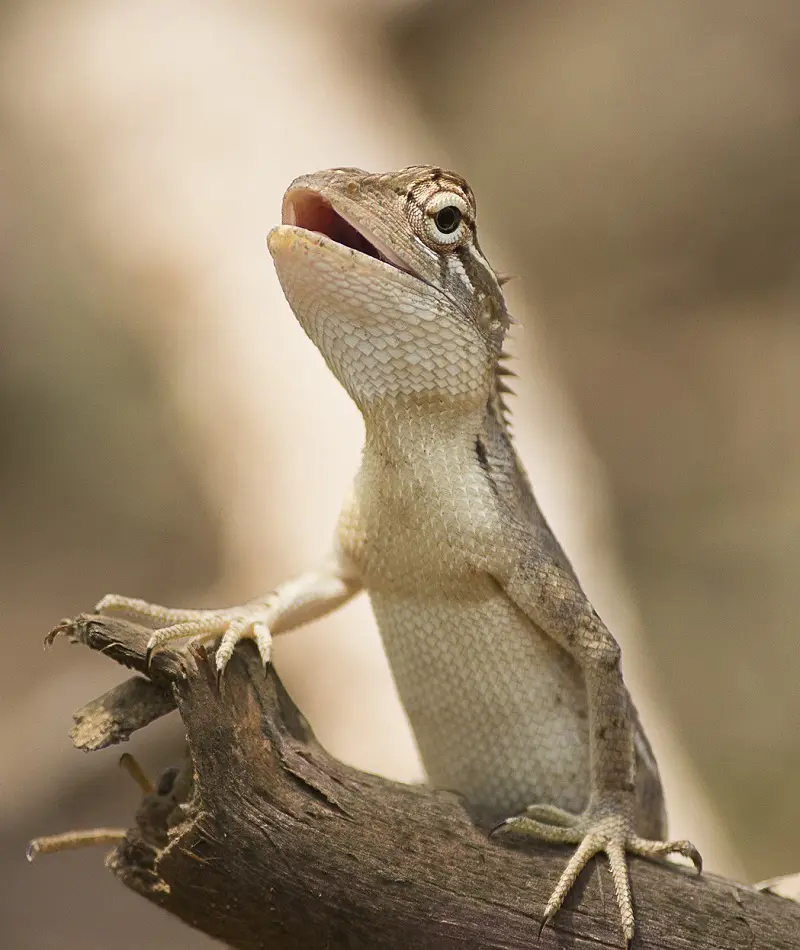
While lizards cannot be suitable for all kinds of species, they can still provide enough diet for some, especially those who are used to eating reptiles in their natural habitat. Some of the suitable types are anoles, geckos, skinks, etc.
They have high amounts of protein which is important for muscle and they often complete the nutritional profile, fulfilling a natural diet. Their bones can help to develop the snake's bone health.
However, you need to be careful while choosing and giving the lizards to them. They have a parasite and bacterial risk, and in some places, it is illegal to capture them and feed your pets.
13. Insects
Not all species eat insects, but they can provide various nutrients for those who eat them. They are preferred mainly by those who naturally eat invertebrates in their natural habitat.
Some of the common types of insects that can be fed to them are crickets, mealworms, waxworms, roaches, superworms, etc. They have a balanced amount of fat important for energy and have various minerals and vitamins.
You can offer them the live insects or the ones that are frozen but you should warm them before giving them to them. Matching their size with the size of the snake's body is very important to minimize various risks and problems
14. Earthworms
Earthworms are full of nutrition and are readily available food sources found in the environment. They can be used as a supplementary food item or as a treat but they can be a regular diet for those that consume the invertebrates naturally.
They are low in fat and are rich in vitamins, iron, and calcium which is important for their proper growth. They can also help in digestion because of their high level of moisture content and natural enzymes.
It is important to make sure that the earthworms are clean and don't contain any contaminants or parasites and must avoid using wild-caused ones. They must be offered in appropriate sizes and as a part of the varied diet to enhance their taste.
15. Pigeons
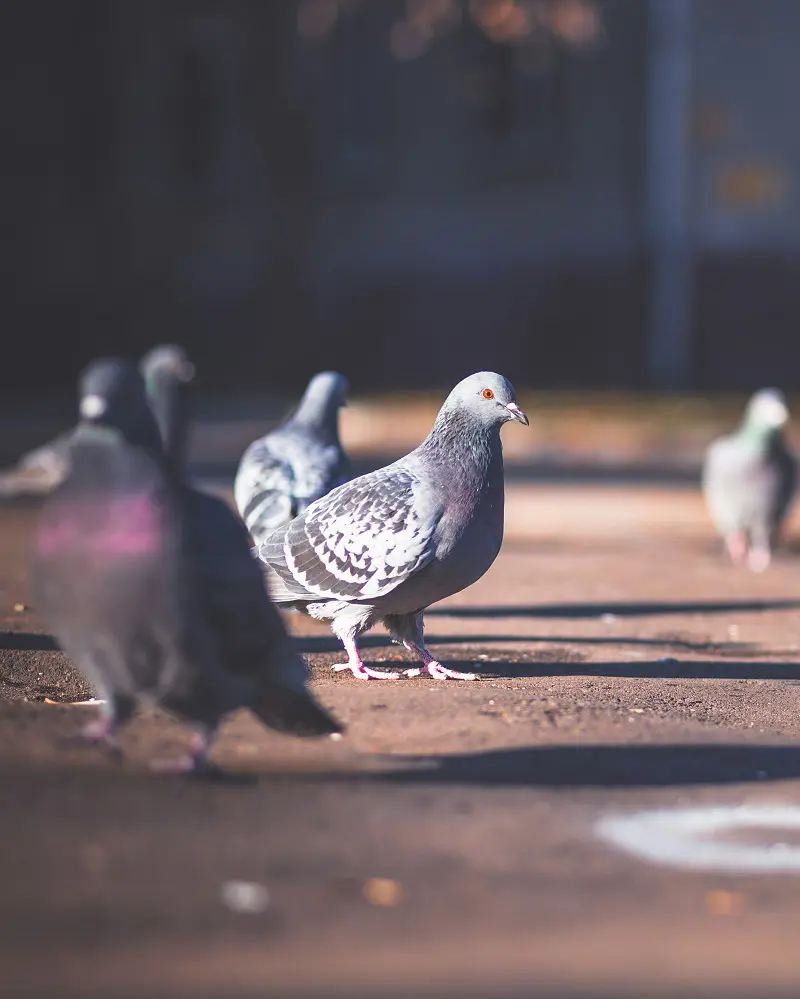
The pigeons are suitable for those who are used to eating birds, which need larger prey. Some of the snakes that consume the pigeon are boa constrictors, pythons, kingsnakes, and many more.
They contain a balanced amount of fat necessary for their overall health and give them energy. You can give them the whole pigeons or if you think it is not safe, you can give them the frozen ones which can be found in different stores.
For larger snakes, you can give them every 1 to 2 weeks while for the smaller ones, occasional treatas are the best. You need to handle them properly and maintain hygiene to ensure the safety of both you and your snake.
16. Small Mammals
Small mammals are often the common source of food for them as they are of different varieties and contain different types of nutrition. They have the different substances necessary for their growth and overall health.
Some snakes prefer alive small mammals as they encourage their instinct while it is always safe to give them a frozen one. You can find them in reptile food stores or any other similar stores.
The reason for you to choose such prey is because of their nourishing substances, and dietary variety, and they also provide a level of satisfaction. You still need to consider their source and safety and see if they are hygienic or not.
17. Sparrows
Sparrows are small birds that can be suitable for certain snakes and may satisfy them. They are a good source of nourishment and can help in muscle development, energy giving, and maintaining their overall body.
You can give them the whole sparrow along with their features, bones, and organs, as they mimic the natural prey item of them in their natural habitat. Frozen-thawed sparrows are also preferred as they are more common and help to avoid injuries.
It is important to ensure the safety of the snakes and look after their source and hygiene to prevent possible threats. You should also look after the size of both and choose an appropriate one.
18. Ducklings

Ducklings are small birds so they are suitable for medium or large-sized ones but you can give them to others as their preference. They offer various benefits similar to other small birds and help in their body maintenance.
They have high-quality protein, contain balanced fat, and have various vitamins and minerals. It is recommended to give the whole duckling as it provides the whole nutritional profile.
The ducklings must be given in appropriate sizes according to the size of the snake itself. It should also have proper sourcing, handling, and hygiene for the safety and health of their health.
19. Gerbils
Gerbils are small in size but they contain various nourishing substances that can fulfill and also help in their overall well-being. They are rich in high-quality protein content that supports their muscle development.
If you give them alive and whole, it will include fur, bones, and organs, that provide a complete energy profile that mimics their natural habitat. This can encourage and entertain them to eat their prey.
You need to use a feeding tool to offer it to them to make sure they are no one is harmed accidentally. If you are giving them a frozen one, you need to defrost them fully and let them be at the appropriate temperature.
20. Turkey
Turkey is a bigger kind of bird than the natural small birds you give to them. However, it provides the same amount of proteins and nourishment to them and helps in their growth.
They are consumed by large pythons, boa constrictors, some colubrids, and many other species. Although it can be found in frozen form, it is still preferred to give them the whole turkey part to give them full access to the energy.
For those who naturally consume birds, you can give them every 1 to 2 weeks but you can also introduce it as an occasional treat. However, you need to look after its source and make sure they don't contain any bacteria or infections.
Recent posts
Pets
20 Pet Friendly Stores In The USA
Over the years, the population of pet owners, especially ones with dogs, has increased. Naturally, this has also increased the need for pet-friendly stores because pet owners no longer want to give business to stores where their furry best friends ar...
Why Do Horse Have Manes?
Horses have manes primarily for protection and communication. The thick hair shields their necks from insects, weather, and potential predators, while also serving as a way for horses to express social cues among their herd. In this article, we are g...
18 Foods Geckos Can Have
Geckos are a group of small to medium-sized lizards known for their unique adaptations. It is important to understand what geckos eat before you bring them home. The exact food for geckos may vary based on their age, species, and activity level...
17 Foods That Goats Can Eat
Although they naturally are curious and may enjoy the many types of food available, it is much better if well-rounded nutrition is given to them to ensure they will have good health. A variety of food keeps them healthy but also pleases their taste f...
18 Foods That Ferrets Can Have
Ferrets are small, active animals that have gained popularity as pets owing to their curious social nature and athleticism. Although they are playful pets, ferrets nonetheless have different nutritional needs than more common companion animals like c...
What Do Bearded Dragons Eat?
Bearded dragons are omnivorous reptiles that thrive on a diet of both insects and plant-based foods. Their meals typically include crickets, mealworms, leafy greens, and a variety of fruits to ensure balanced nutrition. Originating from arid, desert-...


